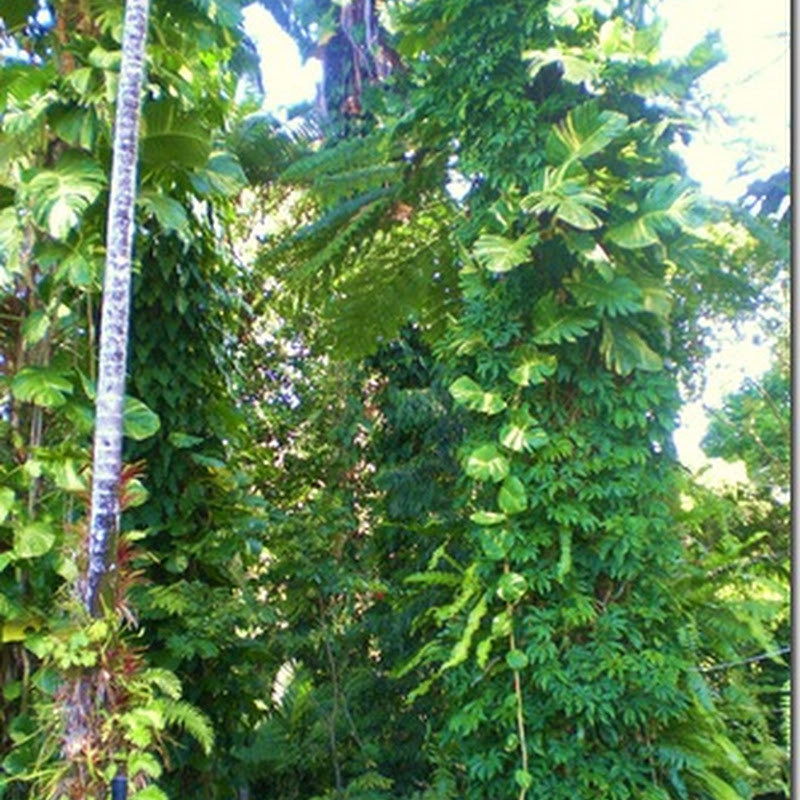We expected (not hoped) Coron to be a little undeveloped island with great coral reefs around and good wreck diving. Instead we spend our first days in our guesthouse (which are all called “resorts” here) waiting for the rain to stop while doing more internet than we ever did thanks to the free wi-fi and free coffee in the restaurant. The first relatively sunny day we rented a kayak to discover the nearby islands. After the tranquility of some nice mangroves our first discovery was a fisherman village on stilts. I find it not very easy to understand why here most local people live right over the water when there seems to be enough land just behind the houses. It seems, some of them being sea gypsies, they trust sea more than they trust earth. They have their kitchens, washrooms, and even pig pens right over the water on stilts. It seemed to me that the first building on land was the government school (which was perhaps centrally designed without regard to environment anyway.)
Then we paddled to a tiny island with little beaches and nice corals to snorkel and then to the big and most famous Coron Island which is a huge chunk of sharp limestone shooting straight up from the ocean. This is supposed to be the biggest limestone formation “on earth”. The white sand beaches were like really white and green and the rocks really razor sharp. They are in fact so sharp that even if you wear shoes you wouldn’t find a good place to hold without cutting your hands unless you have been a manual farm worker or a fisherman all your life. Still it felt pretty insane to learn that the aboriginal Tagbanwa people of this island climb to the highest edges of these rocks to harvest swift nests! The bird nest soup is an expensive delicacy found all over South East Asia and is made from the nest of accurately named bird edible-nest swift, which is some fine mud mixed with the bird’s saliva. One kilogram of these nests fetches over 200 dollars and this is enough reason for some locals to risk their lives for their harvest. It also seems to have made them a little more conscious of the environment. The most touristic attractions on Coron Island, Barracuda and Kayangan Lakes close at 4 PM because that’s when the birds come down to drink water and in some parts there are restrictions on using pesticides and even tourists are warned to go easy on the mosquito repellant.
After the Banul Beach, we started to follow the ragged edge of the Coron Island, discovering many hidden lagoons in the process. We had seen the name Secret Lagoon on the list of places to visit on a boat tour but some of the lagoons we visited were obviously not accessible by anything bigger than, well, a kayak like ours. The clarity of the water helped us watch all the sea life without having to get wet and we even saw a small black-tip shark among a multitude of other fish. In one place the lagoon bent to one side and the rocks on two sides got higher until there appeared a straight up wall in front of us. As we got closer to it we saw a tiny opening in the rocks, just big enough to glide through and access the deep blue lagoon fed by many fresh water streams around it. When we snorkeled there we realized the thermoclines and the psychedelic visuals of mixing fresh and salty water. At the end of our kayaking we had a little walk up and down in the jungle to visit the Kayangan Lake just before the swifts came to drink and were lucky enough to be there alone to feel the serenity of this outworldly environment, walls of limestone rocks going straight into a deep blue lake. When we were back to our kayak we realized we were too tired to do the last one hour of paddling back to town and got a relieving lift by the last tourist boat there. When we arrived back at our “resort” soon after dark, there were few people already waiting for us at the pier, fearing that something happened to us. The girl we rented the kayak from said she was going to call the coast guard if we didn’t appear soon because “nobody ever did that”! There are still waters of almost an inner sea over great corals surrounded by the best white beaches and lagoons to discover and nobody ever took a whole day of kayak and went all the way to Coron Island which is just 2 miles away? Hmmmm… What to say!
This is the local kayak, small bangka, paddling near Concepcion











No comments:
Post a Comment